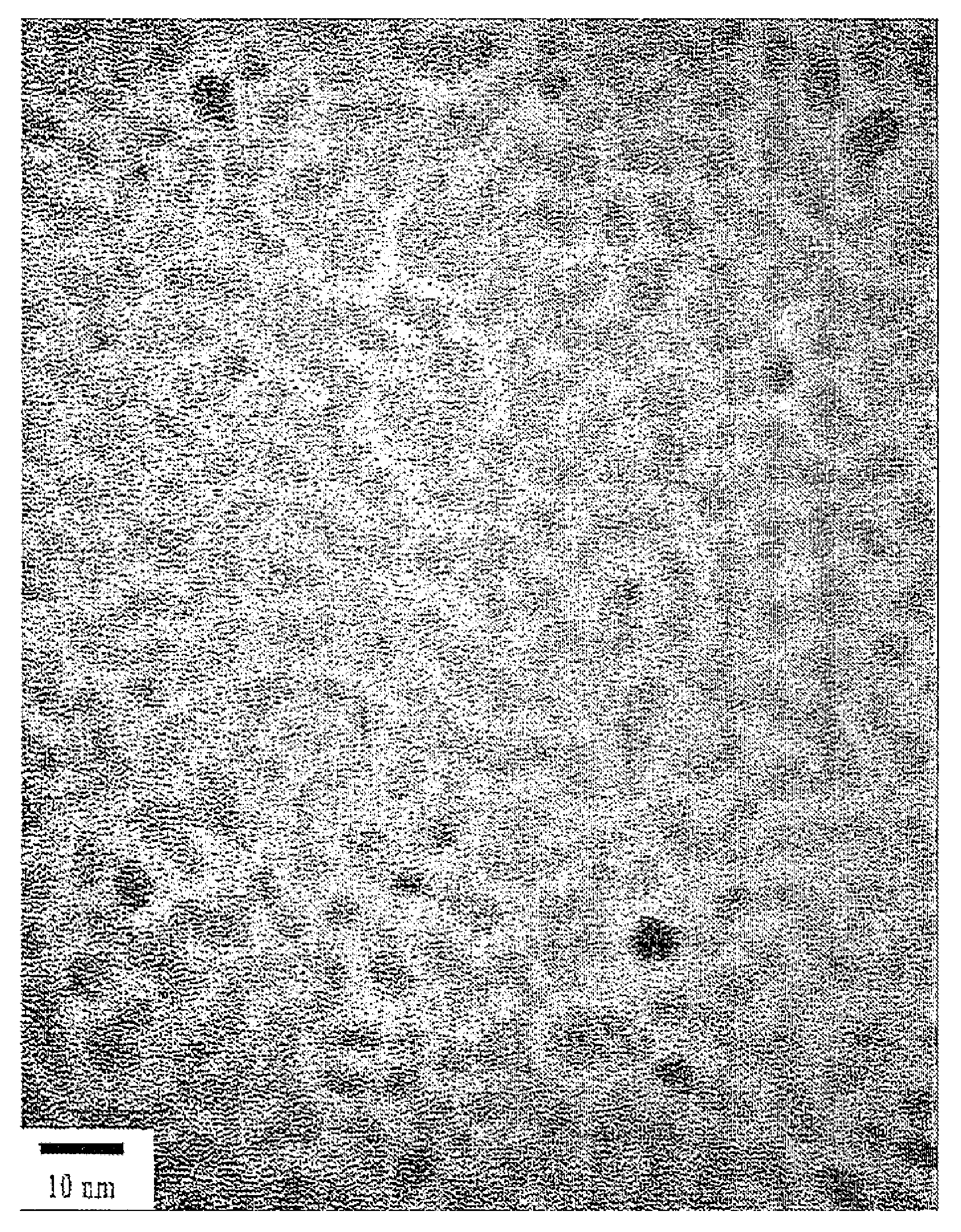Radioactive device
a radioactive device and radiation technology, applied in the field of radiation devices, can solve the problems of erroneous measurement interpretation, low number of radioactive atoms per molecular vector, and the reliability of the results being measured, so as to avoid any further risk of relapse or dissemination, and efficiently remove cancerous cells from patients
- Summary
- Abstract
- Description
- Claims
- Application Information
AI Technical Summary
Benefits of technology
Problems solved by technology
Method used
Image
Examples
Embodiment Construction
[0127]The nanostructure according to the invention, and more particularly the shell thereof, are developed so as to have the following advantageous characteristics:[0128]they have, relative to the outside environment, constant chemical properties, whatever the encapsulated elements are;[0129]they make it possible to modulate the toxicity linked to the introduction of materials into the human body.
[0130]It should be noticed that as the nanostructures are obtained, they could be introduced into the human body in various ways:
[0131]1. as such, they could be injected in various locations of the human body, either directly in the tissues or in the blood stream;
[0132]2. they could be grafted on biological vectors by means of a chemistry specific to the encapsulating material that could have been functionalized with a view to improving the grafting;
[0133]3. they could be incorporated into biocompatible capsules and thereby widen the range of medical devices used in brachytherapy.
[0134]Depe...
PUM
 Login to View More
Login to View More Abstract
Description
Claims
Application Information
 Login to View More
Login to View More - R&D
- Intellectual Property
- Life Sciences
- Materials
- Tech Scout
- Unparalleled Data Quality
- Higher Quality Content
- 60% Fewer Hallucinations
Browse by: Latest US Patents, China's latest patents, Technical Efficacy Thesaurus, Application Domain, Technology Topic, Popular Technical Reports.
© 2025 PatSnap. All rights reserved.Legal|Privacy policy|Modern Slavery Act Transparency Statement|Sitemap|About US| Contact US: help@patsnap.com



